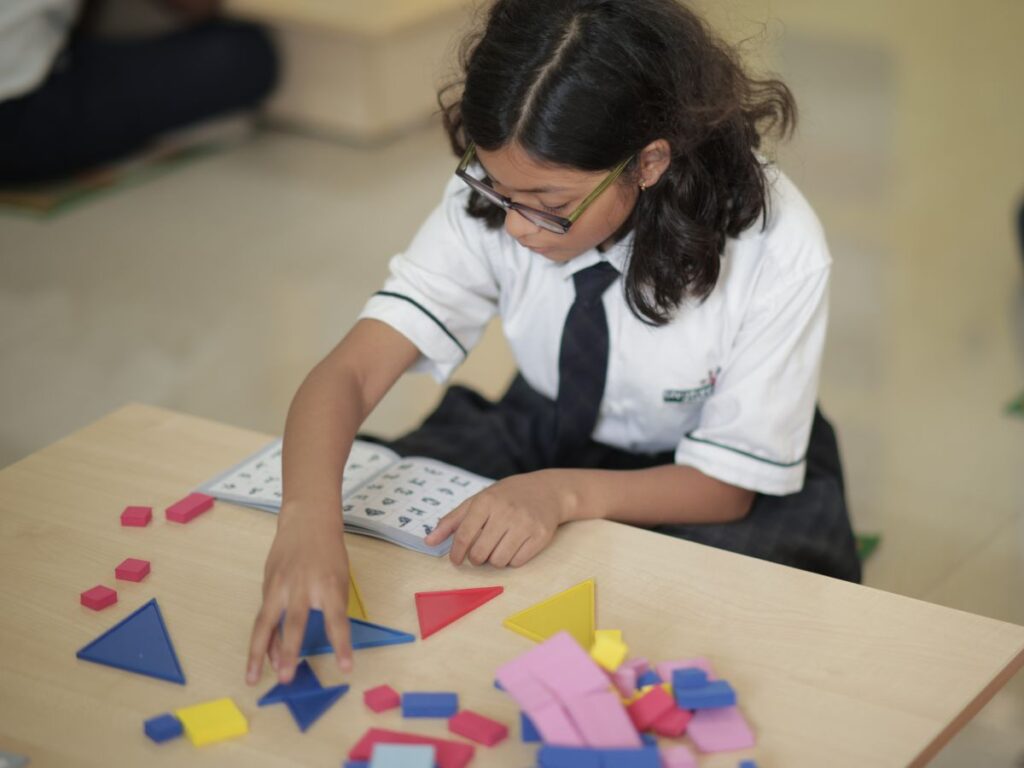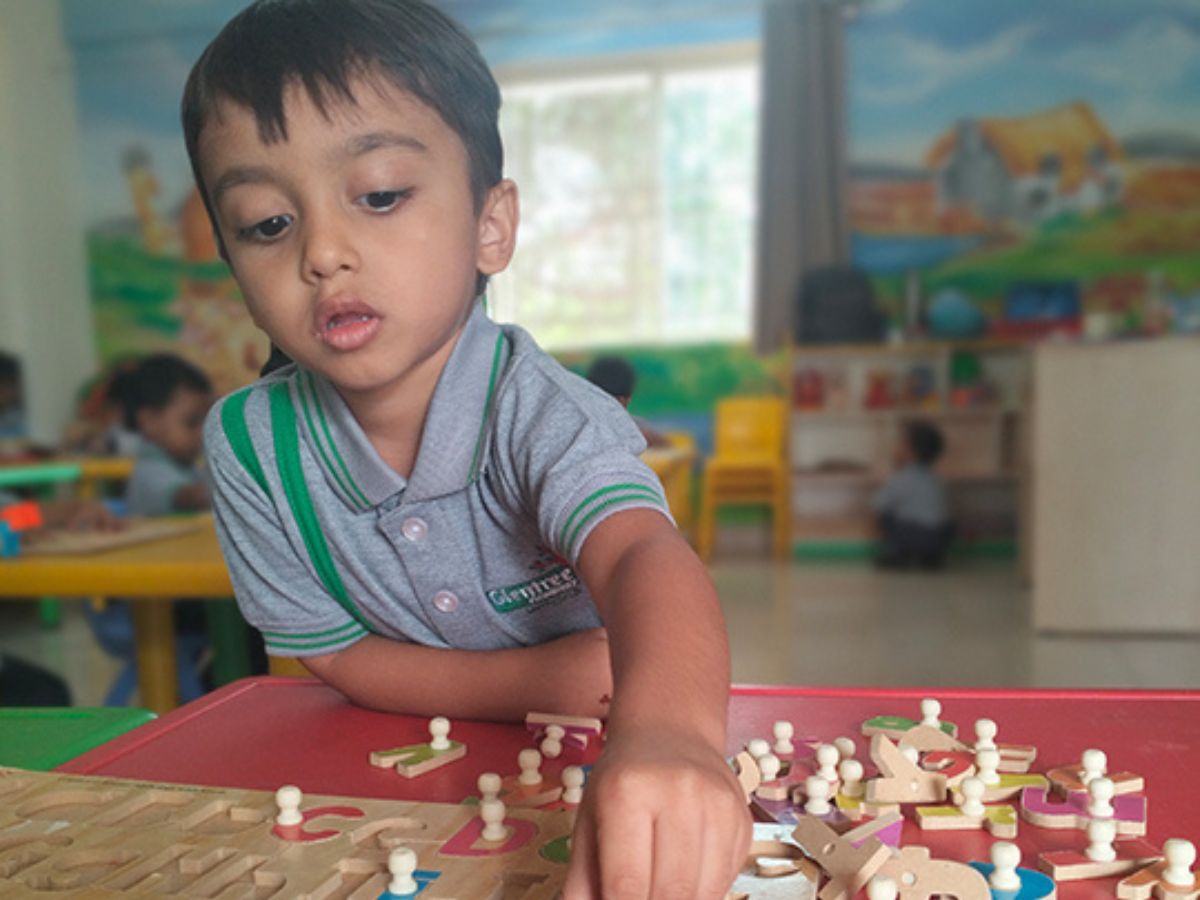Education
5 Tips and Practical Ways to Manage Your Kids Screen Time
Managing your kid’s screen time becoming a challenge? Here are five practical tips to manage kids’ screen time, promoting balance with fun activities, family time and healthy habits while still enjoying the digital world.

Tips and Practical Ways to Manage Your Kids Screen Time
Gadgets are like family members today – always around, sometimes more loved than kids and even sparking little feuds. While the benefits of technology in education, entertainment, and even parenting are undeniable, there are also downsides to overdoing it. Studies have linked too much screen time to sleep problems, decreased physical activity, and the dreaded “zombie eyes” (a phenomenon every parent knows after a weekend of video games).
Here are 5 Tips and Practical Ways to Manage Your Kids Screen Time while still letting them enjoy the wonders of the digital world.

1. Set a “Tech Clock” (Rescue Timers)
The Plan: Use screen time management tools on devices or set a physical timer.
Why it Works: Think of it as the referee blowing the whistle at the end of the game. Whether it’s a built-in app timer or another gadget like Alexa, Google Home or Kitchen Timer – this trick works like magic.
Expert Tip: Set the timer into a game – “You can use your tablet for 45 minutes, but then it’s time to finish your chores.” Not only will your kids comply, but you will also earn brownie points as the cool parent.
2. Lead by Example
Plan: Set an example your kids can follow.
Why it Works: They are watching you watch your screens.
As they say ‘Practice before you preach.’ If your mobiles are glued to your hands all the time, expect your child to follow the same.
Set clear household rules, like “No gadgets during dinner” or “No gadgets on Sunday mornings.”
Humor Note: Be careful, your kids will challenge you about your “no screen time” policy when you check your email while listening to a bedtime story. happy!

3. Introduce Swap Screen
The Plan: Provide an alternative to gadgets.
Suggest activities like board games, painting competitions, or even baking together to reduce gadget use by the children. Get interesting books or encourage children to develop hobbies like playing some instruments, reading or encourage them to invite their friends home to play group games.
Pro Tip: Throw in a reward system: “For every hour off-screen, you earn a star. Collect five stars, and we’ll bake cupcakes together.” Fun and sugar – two things kids can’t resist
4. Zone the Home
The Plan: Designate areas in your home that are free of gadgets
Why It Works: Out of sight, out of mind.
Set boundaries like “No carrying phones in the washrooms” or “The dining table is strictly for eating and chatting with each other”.

5. Talk about it
The Plan: Teach your kids the pros and cons of screen time.
Why it Works: Kids are smarter than we give them credit for.
Encourage them to explain why screen time needs to be balanced. Use simple examples: “Too much screen time can damage your eyes and make you sleepy” or “Exercising outside can help you stay active even superheroes have to!”
Pro Tip: Discuss not just the ill effects of the usage of gadgets but also the advantages and only then talk about the importance of balance.
Monitoring screen time is about balance, not banning the use of electronic devices altogether. Tablets, laptops, and smartphones are incredible tools that foster creativity, knowledge, and problem-solving. But without boundaries, they can become time-wasting machines, depriving kids of physical activity, family time, and even much-needed sleep.
Limit screen time and create a home filled with books, laughter, games and love with these Simple ideas. With a little creativity and patience, you can discover your family’s hidden talents for off-screen entertainment and develop healthy screen habits not just for your children but for yourself too.






